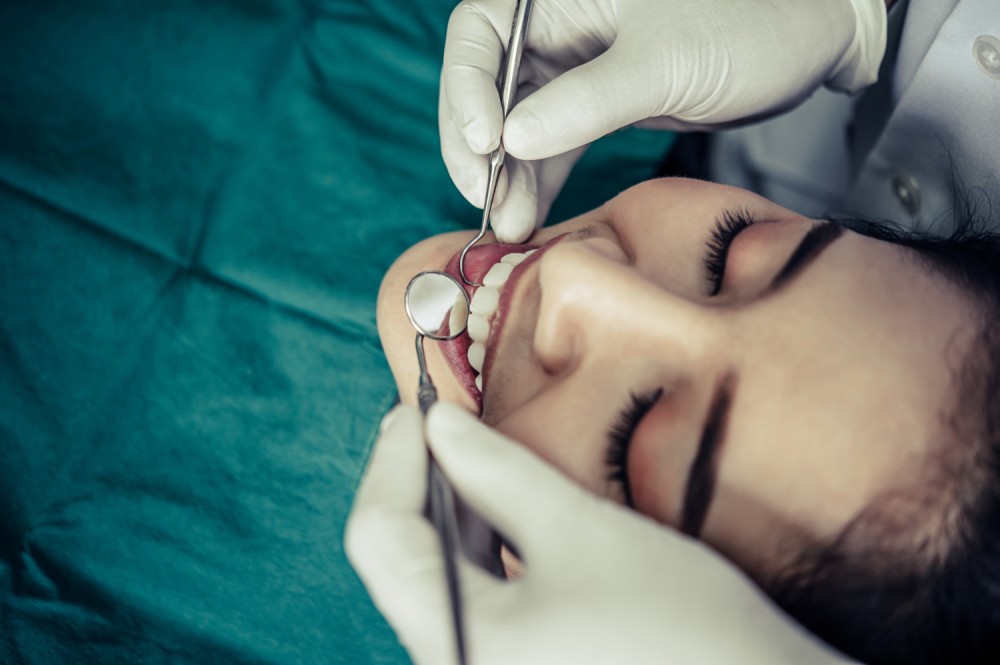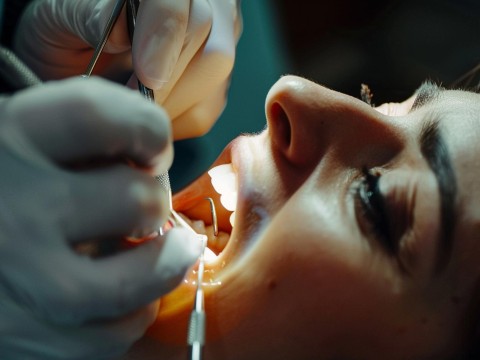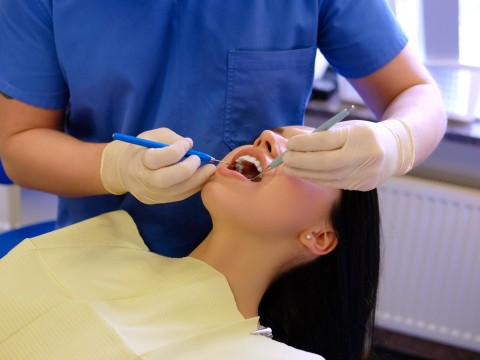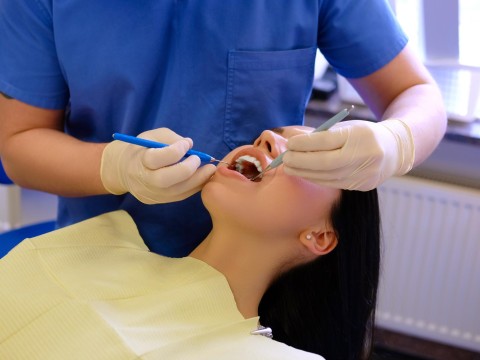Quote of Dent Akademi
Sinus Lifting: A Comprehensive Analysis in the Most Important Dental Operations Available
Sinus lifting, better known as sinus augmentation, is necessary for those patients who usually have a need for implants on the top jaw. Usually, the procedure aims to add more into the sinus so as to make room for such a tooth that is going to produce higher success rates for them. The sinus lift is important in dental implantology, mainly in cases when patients do not have sufficient bone of the upper jaw. It is either caused by loss or anatomic variation. The following guide explains what is a sinus lift, its need, procedure involved, and advantages presented in terms of oral health and dental restoration.
What is a Sinus Lifting?
The surgical procedure for sinus lifting involves the elevation of the sinus membrane, allowing room for bone grafting. It is considered necessary for patients with loss of bone in the upper jaw, especially in areas around the maxillary sinuses. This is to be done to increase the volume of the bone in the upper jaw to securely place the dental implants.
The sinus membrane is essentially a thin layer of tissues separating the sinus cavity and the jawbone. It is mostly performed to build sufficient bone when there isn't enough to support the implant in order for the implant better to be integrated into the jaw.
Why Is Sinus Lifting Necessary?
Sinus lifting is generally done to patients with great loss in bone mass of the upper jaw as a result of:
Tooth Loss: When teeth are missing, the surrounding bone could start to resorb with time, especially in the upper jaw. This holds particularly true for molars and premolars, the teeth closest to the maxillary sinuses.
Sinus Expansion: The maxillary sinus cavity expands over time naturally, which increases its space in the jawbone and leaves a small room for dental implants.
Infections or Trauma: Severe dental infections or facial trauma can lead to bone loss, leaving patients with inadequate bone volume for implant placement.
A sinus lift replaces the bone structure required for supporting dental implants by lifting the sinus membrane and adding bone graft material, which increases the success rate of the procedure.
The Sinus Lifting Procedure
Sinus lifting, generally, is a relatively easy procedure, but one would want a skilled and accomplished surgeon. The process will take anywhere from 45 minutes to 2 hours, depending on how difficult it may be. Here's an overview of steps performed in sinus lifting:
Consultation and Imaging: Your dentist will evaluate your oral condition, discuss your goals, and do imaging studies, typically X-rays or a CT scan, to assess the status of the bone and the sinus cavity.
Anesthesia: A sinus lift is normally performed under local anesthesia, though some patients might prefer sedation to assure comfort during the surgery.
Incision and Accessing the Sinus: The surgeon makes a small incision in the gum tissue to expose the bone. After exposure, a small hole is drilled into the bone to access the sinus cavity.
Elevation of the Sinus Membrane: The sinus membrane is cautiously lifted to create space between the membrane and the bone. This space will later be filled with bone graft material.
Bone Grafting: The bone grafting material is filled into the cavity, which could be synthetic bone, cadaver bone, or even taken from the patient's body. This graft material encourages new bone growth in this area and thus provides a solid foundation for dental implants.
Sealing and Closure: Once the bone graft is in place, the incision is sewn up with sutures. The site should be carefully watched for complications.
Healing and Recovery: This may take some months (usually 4-9 months) for the bone graft to incorporate with the surrounding bone to a stable base where dental implants can be placed.
Sinus Lifting Recovery
Recovery following the sinus lift procedure is necessary for the success of this procedure. Although pain and swelling are generally not of a high magnitude, proper post-operative care needs to be followed for the normal healing process. A general guide for recovery can be taken as follows:
Pain management- most patients have very mild pain, which could be handled with over-the-counter analgesics. More potent types of painkillers would be prescribed in case need arises by your dentist.
Avoid blowing your nose, heavy sneezing, or heavy lifting for the first couple of weeks in order to minimize pressure on the surgical site and sinus area.
Follow-up Appointments: Follow-up appointments with the dentist are important. These appointments check on the healing process and ensure no complications are occurring.
Dietary Modifications: Refrain from hot or spicy foods and maintain a soft diet for the initial few days to avoid irritation/infection at the surgical site.
Benefits of Sinus Lifting
Sinus lifting can be very beneficial for a patient who wants to have dental implants in the upper jaw. The advantages are:
Success with Improved Implant Placement: Implants are more successful now, with sinus lifting wherein more bone is made available for dental implants, especially in patients who suffer from extreme loss of the same.
Aesthetic Outcomes: Since the bone structure can be restored, better placement of implants is possible, leading to improved overall aesthetics of the smile.
Preservation of Natural Function: A successful sinus lift can allow for natural chewing once dental implants, looking and performing like natural teeth, are placed.
Preventing Further Bone Loss: Another major advantage of bone grafting-it prevents further loss of the upper jaw bone structure that otherwise would have occurred overtime following a tooth loss.
Risks and Considerations
As with any surgical procedure, there are a few risks and considerations associated with sinus lifting. These include:
Infection: Infections at the site of surgery can occur, although these are rare. Proper postoperative care and hygiene will prevent such complications.
Sinus Perforation: Sometimes, the membrane of the sinus is accidentally perforated. This can be addressed by your surgeon, but it may require additional care and time for healing.
Graft Failure: There is a possibility that the bone graft may not integrate with the existing bone, and this may require further procedures. This is one indication that follow-up is necessary.
Discomfort and Swelling: Some discomfort and swelling may be present at the site of the surgery. These usually disappear after a few days to a few weeks.
When is Sinus Lifting Indicated?
The sinus lift is generally recommended to patients who:
Have lost significant amounts of bone in the upper jaw due to age, periodontal disease, or teeth loss.
Desire to have dental implants in the posterior (back) upper jaw but do not have adequate bone height or volume.
Have enough bone in the lower jaw but require more bone in the upper jaw to support dental implants.
Your dentist will assess your individual case to determine whether the sinus lift is the best solution for your dental needs.
Conclusion
Sinus lifting is an important procedure among patients who require dental implants in the upper jaw. This not only restores the required bone volume for successful implant placement but also improves the long-term health of your teeth and gums. This procedure involves the elevation of the sinus membrane and filling the cavity with bone graft material to ensure your implants will have the best opportunity to integrate and last. If you're considering dental implants and are concerned about bone loss, sinus lifting may be just what you need to achieve a healthy, functional smile. Consult with your dentist to see if sinus lifting is right for you.
- All on 4 Implant
- All on 6 Implant
- Amalgam Fillings
- Bone Graft
- Composit Filling
- Composite Bonding
- Dental Cleaning
- Dental Crowns
- Dental Filler
- Dental Implant
- Dental Veneers
- Denture Repair
- Detertraj (tooth stone cleaning)
- E-Max Veneer
- Endodontics
- Gingivectomy
- Gum Disease Treatment
- Gum Lift
- Hollywood Smile
- Orthodontics
- Health Insurance
-
Accommodation

- Health Insurance
-
Accommodation
 Private
Private
- Health Insurance
No suitable hotel found for the relevant dates!
* Price varies depending on extra and upgrade selections.
-
Sinus LiftingSelectStarting From 550.00 €
General dentistry encompasses a wide range of dental services aimed at maintaining oral health and preventing dental issues. It includes routine dental check-ups, cleanings, X-rays, fillings, and other basic dental procedures.
It is generally recommended to visit a general dentist at least twice a year for regular check-ups and cleanings. However, the frequency of visits may vary depending on individual oral health needs and any specific concerns.
During a routine dental check-up, the dentist will examine your teeth, gums, and mouth for signs of decay, gum disease, or other oral health issues. X-rays may be taken to detect any hidden problems. The dentist will also perform a professional cleaning to remove plaque and tartar buildup, and may provide guidance on proper oral hygiene practices.




